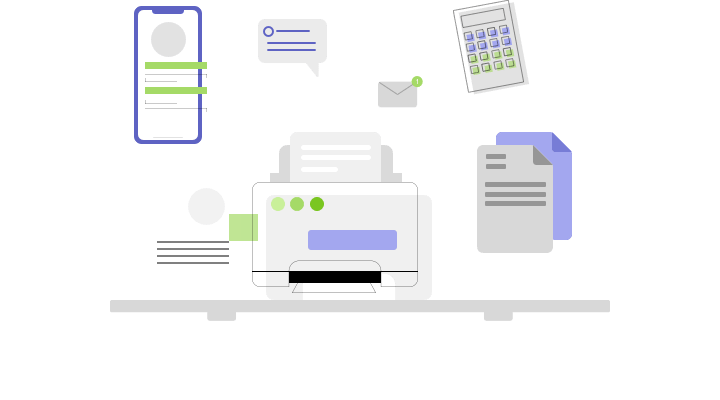
Revenue, net profit, and retained earnings are terms frequently used on a company’s balance sheet, but it’s important to understand their differences. Companies frequently use retained earnings as a primary source of funding for strategic initiatives and operational needs. One common application is reinvestment in balance sheet the business itself, which can involve purchasing new equipment, upgrading technology, or expanding production facilities.

Understanding negative retained earnings
So, no, retained earnings are not considered an asset on a balance sheet. is retained earning an asset They’re reported as a line item on the shareholder’s equity section of the balance sheet rather than the asset section. While you can reinvest retained earnings as assets, they are not assets on their own. You can use this calculator to figure out your retained earnings account’s balance at the end of your accounting period. It shows a business has consistently generated profits and retained a good portion of those earnings.
What Factors Impact Retained Earnings?
For instance, the first option leads to the earnings money going out of the books and accounts of the business forever because dividend payments are irreversible. Owner’s equity refers to the total value of the company that’s held in the hands of owners, including founders, partners, and stockholders. Retained earnings refer to the company’s net income or loss over the lifetime of the enterprise (subtracting any dividends paid to investors).

Know How Much You Can Invest with Retained Earnings
Either way, a company with negative retained earnings is likely a less attractive investment opportunity than one with positive retained earnings. Finally, private companies may have higher retained earnings than publicly traded ones. Public companies have investors they want to attract and retain, and so they may prioritize dividends. A private company without shareholders to consider may be more likely to maintain its earnings. Yes, retained earnings carry over to the next year if they have not been used up by the company from paying down debt or investing back in the company. Beginning retained earnings are then included on the balance sheet for the following year.
- Retained earnings are calculated by taking the beginning retained earnings balance, adding net income or subtracting a net loss for the period, and then subtracting any dividends paid out.
- Understanding how retained earnings impact the bottom line and financial performance is essential for investors, stockholders, and stakeholders alike.
- What a company uses its retained earnings for is likely to depend on the phase of business growth it’s in.
- While retained earnings may be invested in assets or used to reduce liabilities, they do not constitute assets.
- Depending on the jurisdiction and industry, there may be limitations on how companies can use retained earnings.
- No, Retained Earnings represent the cumulative profit a company has saved over time.

The way your company management sets dividend policies impacts the retained earnings. Dividend policies dictate how your company distributes earnings back to its investors. https://test-marketing-digital29433.pantheonsite.io/2022/09/08/equity-multiplier-how-to-measure-and-manage-your/ Though some shareholders may prefer larger dividend payouts, paying high dividends may not be the best way to deliver value. Long-term “buy and hold” investors may wish to see that money reinvested in the company. In financial modeling, it’s necessary to have a separate schedule for modeling retained earnings.
